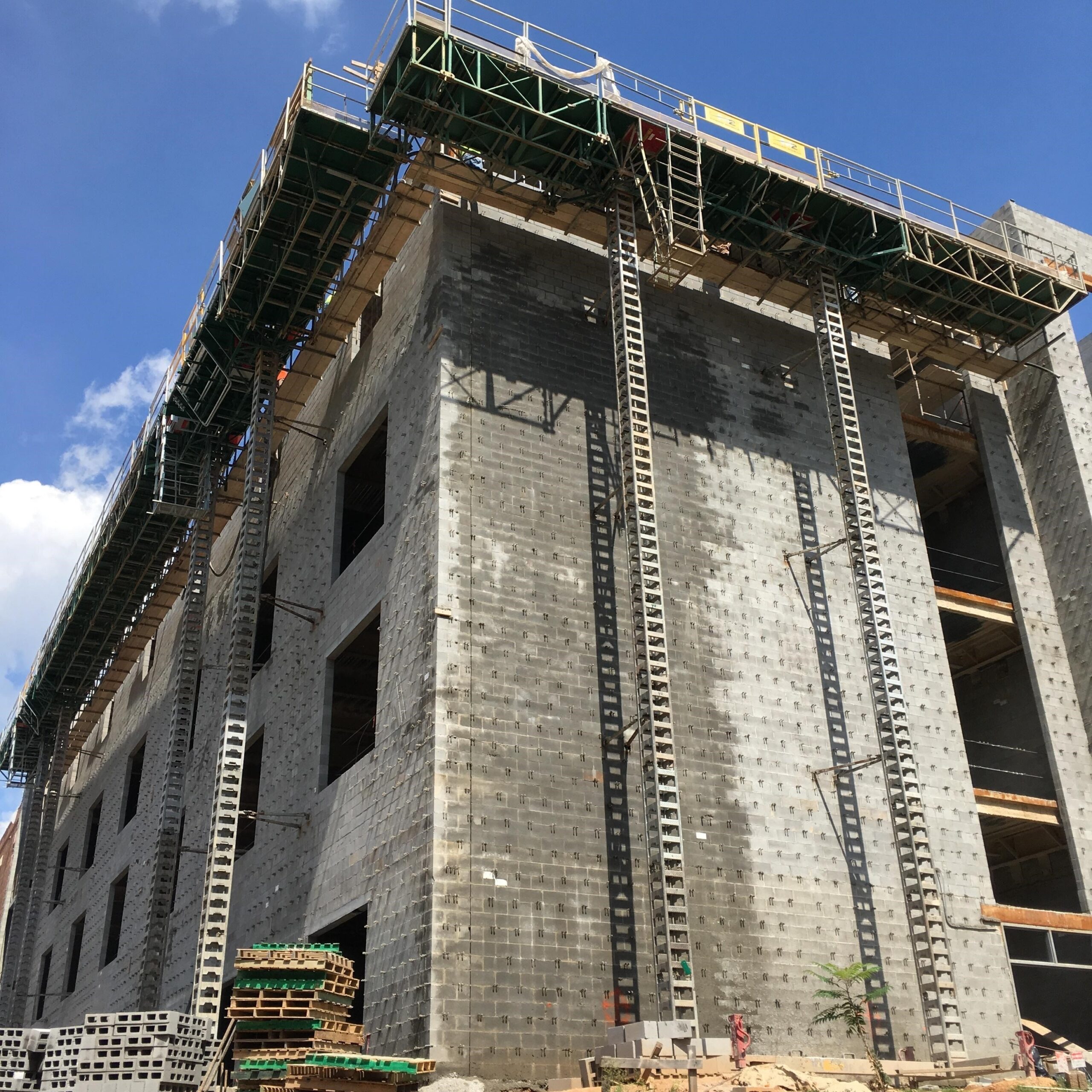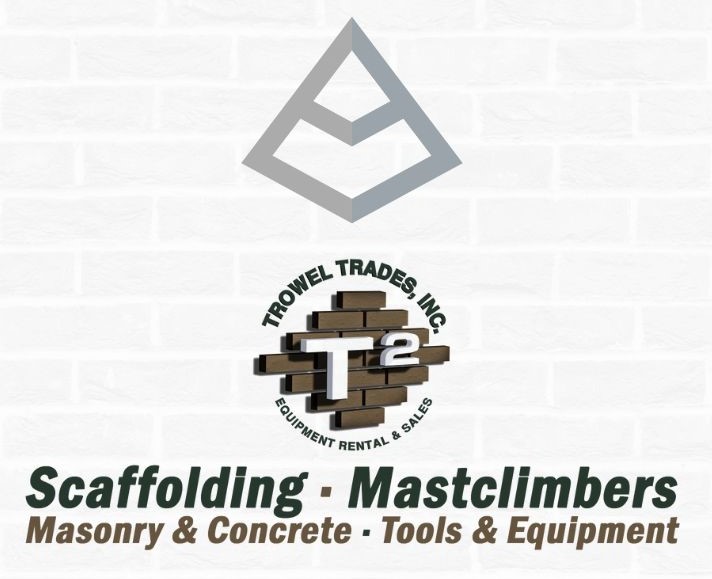
FREE SHIPPING ON
ALL QUALIFYING ORDERS
Enter your email below to join our mailing list:

Scaffolding, the temporary structure used to support workers and materials during construction, has been used for thousands of years. The earliest scaffolding was likely made of wood, with evidence of its use dating back to ancient Egypt, Greece, and Rome.
Wooden scaffolding remained the primary form of construction scaffolding for centuries, evolving over time to include ladders, poles, and platforms. In the Middle Ages, scaffolding was often used for the construction of large cathedrals and other grand buildings. Builders constructed wooden frames that were then covered in planks, creating a sturdy platform for workers to stand on.
In the 19th century, steel scaffolding was introduced, making it possible to build taller and more complex structures. Steel scaffolding was much stronger and more durable than wood, and it was also easier to assemble and disassemble.
The invention of the elevator in the late 19th century further revolutionized scaffolding, as it allowed workers to quickly and easily transport materials and tools to different levels of a building. This made it possible to construct much taller buildings than before.
In the 20th century, new types of scaffolding were developed, including the tube and coupler system, which uses metal tubes and clamps to create a modular system that can be customized for different building shapes and sizes. The introduction of aluminum scaffolding in the 1960s made scaffolding even lighter and easier to handle.
In the 1980s, mastclimbing scaffolding was introduced, which uses a platform that climbs up and down a vertical mast, rather than being manually moved from level to level. This type of scaffolding is particularly useful for high-rise buildings, as it allows workers to easily access all areas of the building façade.
Today, scaffolding continues to evolve and improve, with new materials and designs being developed all the time. While wood scaffolding is still used in some cases, modern scaffolding systems are typically made of metal or composite materials, and they are designed to be safe, durable, and easy to assemble and disassemble.





No spam, notifications only about products and updates.

Having dealt with MK Diamond Products and the Delahauts since the mid 1990’s it is sad to hear the news that they have closed their

I’ve told my wife and daughter to never follow a mortar mixer down the interstate. For over 30 years we have sold, rented, and repaired

This question is one of the most frequent mixer related questions our rental staff are asked. Our contractor customers know the importance of using the right tools for the job.

Trowel Trades, a company that specializes in equipment rental, tool retail, repair services, scaffolding and mast climber access solutions, enters the Silver Tier of the Masonry Alliance Program.
Your email was submitted successfully.
YOUR 10% OFF COUPON CODE IS WELCOME10.
See category exclusions below.
Category Exclusions:
Arbortech Brick and Mortar Saw, Compaction, Concrete Mixers, Concrete Walk Behind Saws, Drop Hammers, Grout Hogs, iQ Power Tools, Masonry Block Saws, Masonry Brick Saws, Mast Climbers, Mortar Mixers, Mud Buggy, Saws, Scaffold, Self Dumping Hoppers, Shoring, and Stihl